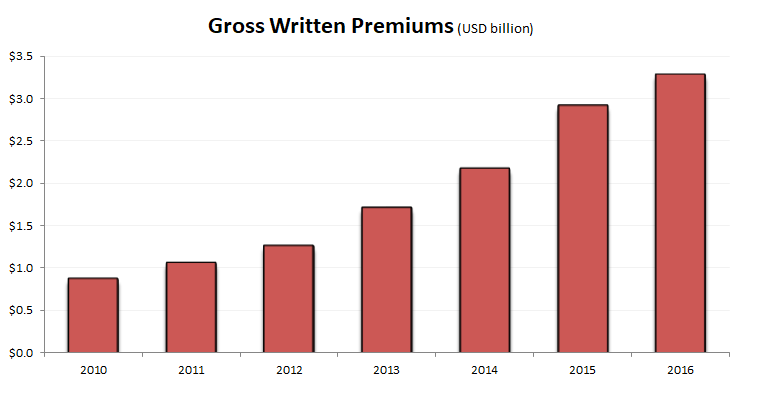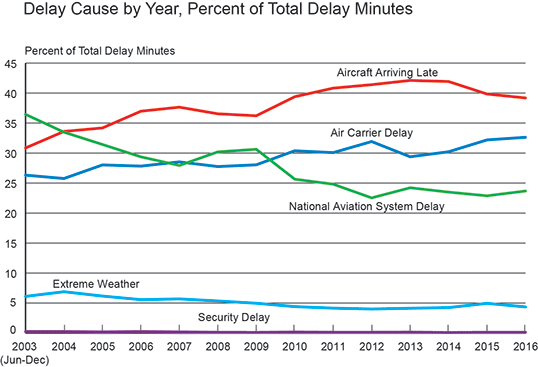Chile, Turkey and Saudi Arabia also follow the slippery slope of debts collection, says Euler Hermes.
Canada and Australia are surprisingly becoming harder places to collect unpaid debts according to new research from trade credit insurer, Euler Hermes.
Euler Hermes provides trade credit insurance that protects companies against non-payments and as such also collects debts on their behalf if the worst case scenario does eventuate. Employing almost 400 debt collectors in 35 different countries, the company has a unique overview of the level of difficulty involved in this process around the world.
The company’s Economic Research department analysed 50 countries and ranked them in their order of being the best to worst places to collect debts as well as the relative change in ease or difficulty involved in debts collection.
The report’s methodology takes into consideration the impact on the complexity of the debt collection process on a country level based on three areas: local insolvency proceedings, local judicial process and local payment practices.
A Collection Complexity Score is then given to each country for the level of complexity for debts collection from 0 (least complex) to 100 (most complex). The score is also split into a four-modality rating system: Notable (score below 40), High (between 40 and 50), Very High (50 to 60) and Severe (above 60).
Saudi Arabia, United Arab Emirates (UAE), Malaysia and China are the most complex countries for debt collection, with respective scores of 94, 81, 78 and 73. All these countries ranked badly because they lack a stable legal framework and their courts independence and reliability is inadequate, amongst many other issues.
Jennifer Baert, Head of Collections at Euler Hermes, said: “In Saudi Arabia and UAE payment terms are quite long. In the UAE it is over 60 days … In UAE we were expecting a lot from the new insolvency law in 2016, but it hasn’t yet delivered on its promise to make debt collection easier.” As reported in the Financial Times
In contrast, countries in Western Europe performed the best with Sweden, Ireland and Germany topping the lead for being the easiest countries where to collect debts.
Amongst the most advanced countries, the US, Canada and Australia surprisingly appear with a ‘Very High’ complexity. The US and Canada score similarity is due particularly to their multi-level system (e.g., county, state and federal structure) in which protection mechanisms are generally impractical, and to the lack of efficiency in recovering an unsecured debt.
The ranking follows a previous report Euler Hermes released four years earlier in 2014. It provides unexpected new insights into the countries improvements or deteriorations over the years.
The country where debt collection has seen the greatest jump in level of complexity is, perhaps surprisingly, Canada. The North American country has seen its complexity score increase by 15.22% to 53.
Besides its multi-level system of government, Canada has few deficiencies. In the event of buyer insolvency, a “Retention of Title” (RoT) clause in a contract can be a powerful tool that protects the seller in retaining ownership of its goods if no full payment has been received.
The Canadian Personal Property Security Act (PPSA) recognises retention of title as a valid means of security. But the issue is its enforcement which is rather uncommon, difficult, and costly.
Australia was next in the list of the biggest percentage deterioration in debt collection complexity, up 8% over four years.
Australian companies pay on time within the typical 30 days average upon receiving an invoice and it is good compared to international standards. However, there was a deteriorating trend in payments and average DSO (Days Sales Outstanding) reaching 60 days.
Late payments issue was hot topic during 2017 that prompted the government to look into it. The Small Business Ombudsman released results of its inquiry into payment behaviour. And this led Prime Minister Malcolm Turnbull to announce that federal government agencies would pay invoices for contracts worth up to A$1 million (£600K) within 20 days, thus slightly reversing the trend.
On the other side of the spectrum, Brazil made the most progress in creating a better debt collection environment over the past four years. The South American giant saw its score drop to 43 from 55, a 21.82% improvement.
Thanks in part to recent modifications to its Federal Law No. 11,101/2005, also known as the Brazilian Bankruptcy and Restructuring Law (BRL), which came into effect in 2005. The enhanced legislation improved creditor protection and the bankruptcy system’s efficiency.
Following Brazil, Slovak Republic, Ireland and Portugal were not far behind with a combined average increase of 18%.
These three countries are members of the European Union (EU) and have strongly benefited from the Union’s various policies. The Late Payment Directive 2011/7/EU was adopted on combating late payment in commercial transactions to protect European businesses, particularly SMEs. The directive constitutes a major attempt to harmonise payment terms across the EU.
The region Europe presents the highest number countries at a ‘Notable’ collection complexity. 14 out of 16 countries stand at the less severe level, the exceptions being Greece and Italy both rated as high level of collection complexity.

















